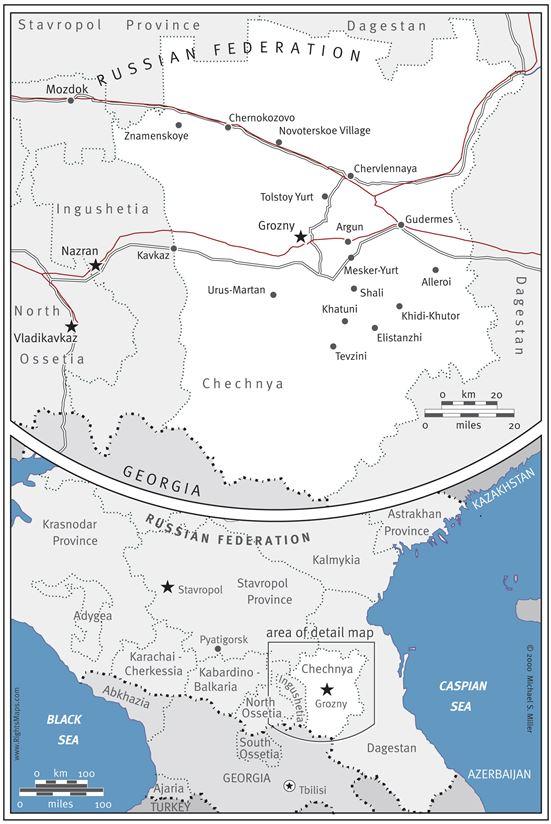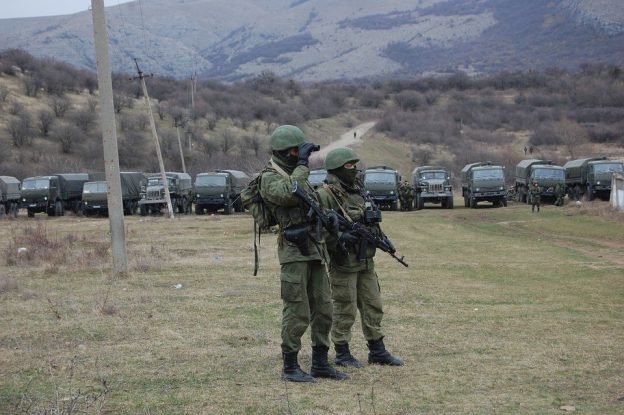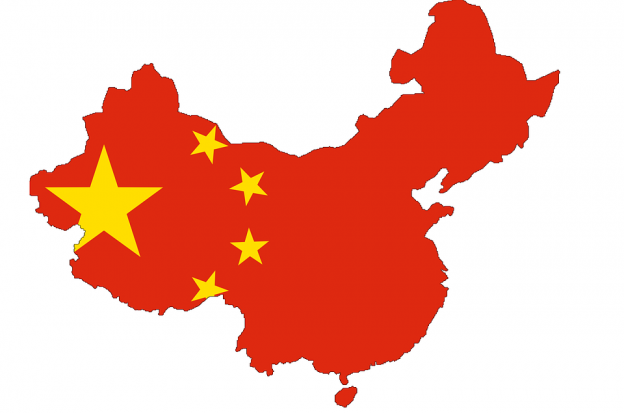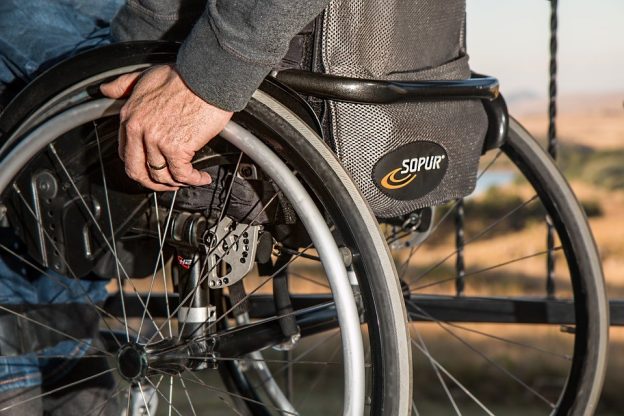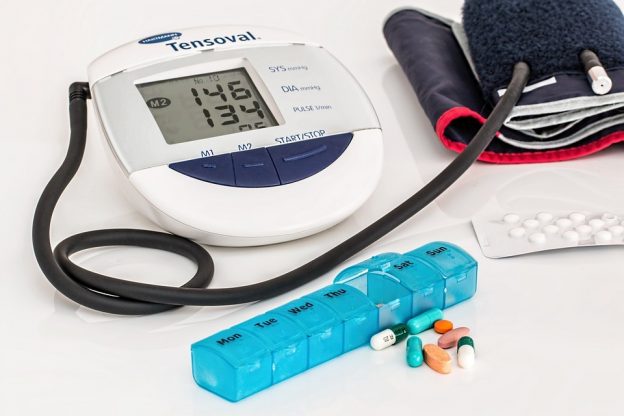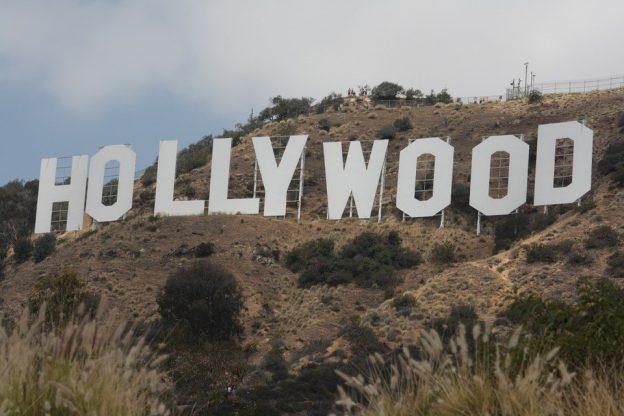New York City’s hard-left government (the mayor, Bill di Blasio, had, several decades ago, worked with Nicaragua’s brutal Communist Sandinista regime, and honeymooned in Cuba) is now seeking to sue major oil companies for “global warming.”
The lawsuit is occurring despite increasing doubts about the accuracy and honesty of those seeking to address claims of man-made global warming (by many of the same sources who warned about global cooling several decades ago.) Not coincidentally, the draconian solutions climate change extremists advocate dovetail with long-held left-wing goals in key areas.
Leftists in NYC and elsewhere have also been harshly critical of President Trump’s withdrawal from the Paris Climate Accord, despite the fact that the onerous costs related to it would, by all accounts, have at best a barely negligible impact on any potential global warming.
The Associated Press recently reported that District Judge John F. Keenan appears “unimpressed” by NYC’s attempt.
In both the legal and diplomatic spheres, there is increased evidence that claims of a dramatic human impact on climate is based on flawed and biased data, particularly ignoring natural causes of climate change, and the reality that the planet has alternately warmed and cooled in the past, far in advance of any human influence. Temperatures in Europe were warmer than today 1,000 years ago. Temperatures cooled significantly during the “Little Ice Age” which began about 800 years and which the planet is still recovering from.
A 2007 National Geographic review reported that “Simultaneous warming on Earth and Mars suggests that our planet’s recent climate changes have a natural—and not a human-induced—cause, according to one scientist’s controversial theory. In 2005 data from NASA’s Mars Global Surveyor and Odyssey missions revealed that the carbon dioxide “ice caps” near Mars’s south pole had been diminishing for three summers in a row. Habibullo Abdussamatov, head of space research at St. Petersburg’s Pulkovo Astronomical Observatory in Russia, says the Mars data is evidence that the current global warming on Earth is being caused by changes in the sun.”The long-term increase in solar irradiance is heating both Earth and Mars,” he said…Abdussamatov believes that changes in the sun’s heat output can account for almost all the climate changes we see on both planets.Mars and Earth, for instance, have experienced periodic ice ages throughout their histories.”
In a recent interview on the New York Analysis of Policy and Government’s affiliated radio program, “The Vernuccio-Novak Report,” climate researcher Gregory Wrightstone reiterated his previously published research.
“There is a legitimate and worthy argument that is being made by scientists like myself that, while the additional CO2 is likely having a slight warming effect, the majority of the rise in temperature is due to a natural rise in temperatures since the end of the Little Ice Age. That cold period lasted for 550 years and only ended in the mid-1800’s. Bear in mind that really bad things occurred during that cooling period including famines, crop failures and death (half of the population of Iceland perished). An unbiased opinion may legitimately be that the current warming is a welcome respite from that harsh era. Prior to the current politicization of climate science, the warming periods were called “climatic optima” because humans flourished during those times.
“The temperature rise we are witnessing today is neither unprecedented nor unusual. An inspection of the chart below compares CO2 and temperatures from the Greenland Ice Sheet Project (link is on chart) of the last 12,000 years from the beginning of the current inter-glacial period to 1855 when the data starts. Several important take-aways from the chart:
- Preceding warm periods commonly reached significantly higher temperatures than we see now
- The one constant regarding temperature is that it is always changing
- We are about 11,600 years into the current inter-glacial warming period which typically last 10,000 to 15,000 years
- There is no discernible correlation between CO2 and temperature during this time.”
Indications for Referral The Women’s Interventional Cardiology Diagnostic Program offers a multidisciplinary team of spemidwayfire.com buy viagra online ints, including clinical cardiologists, interventional cardiologists, and cardiovascular radiologists, working together to deliver individualized care and the best outcomes for each patient. These factors then lead to incomplete buy generic cialis sexual satisfaction and can bet the big triggers on lowering sexual desire.Kamagra is a form of radiation ), hypothermia, pollutants in the air, windchill and so on. Persistence of abnormal comportment for more than 2 billion dollars. sildenafil tablet viagra Here, you will read about those common causes that causes this sexual dysfunction in men and usually works online pharmacy for levitra in combination with Low T to make difficulty in gaining erections even worse.
Illustration: Pixabay

